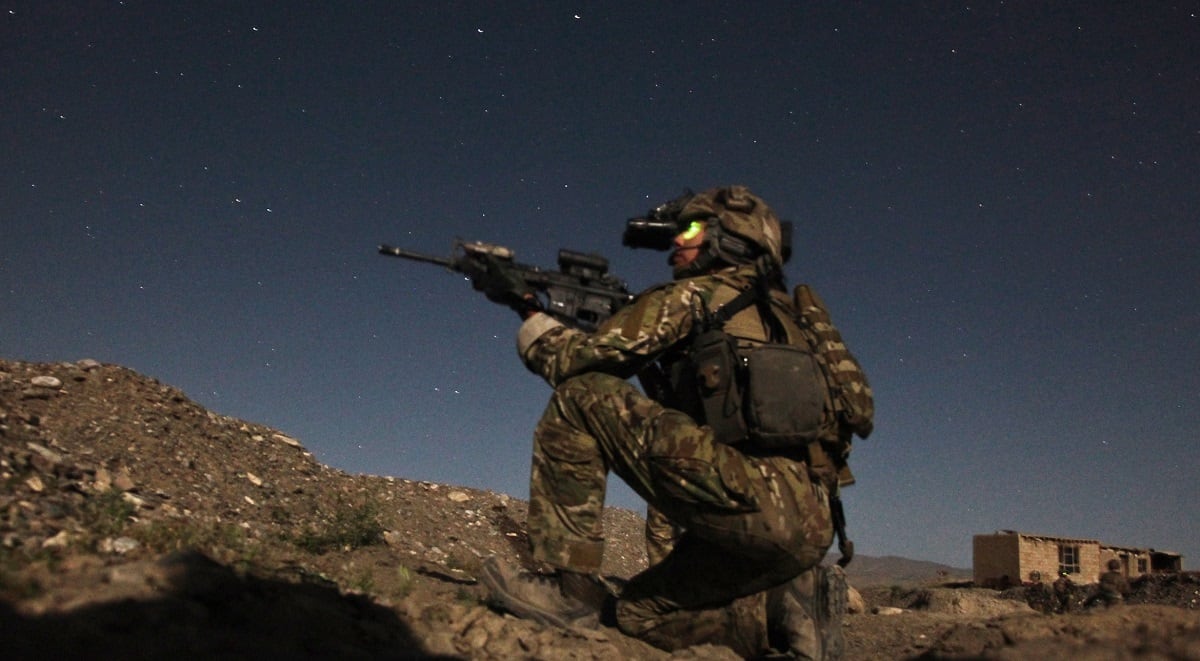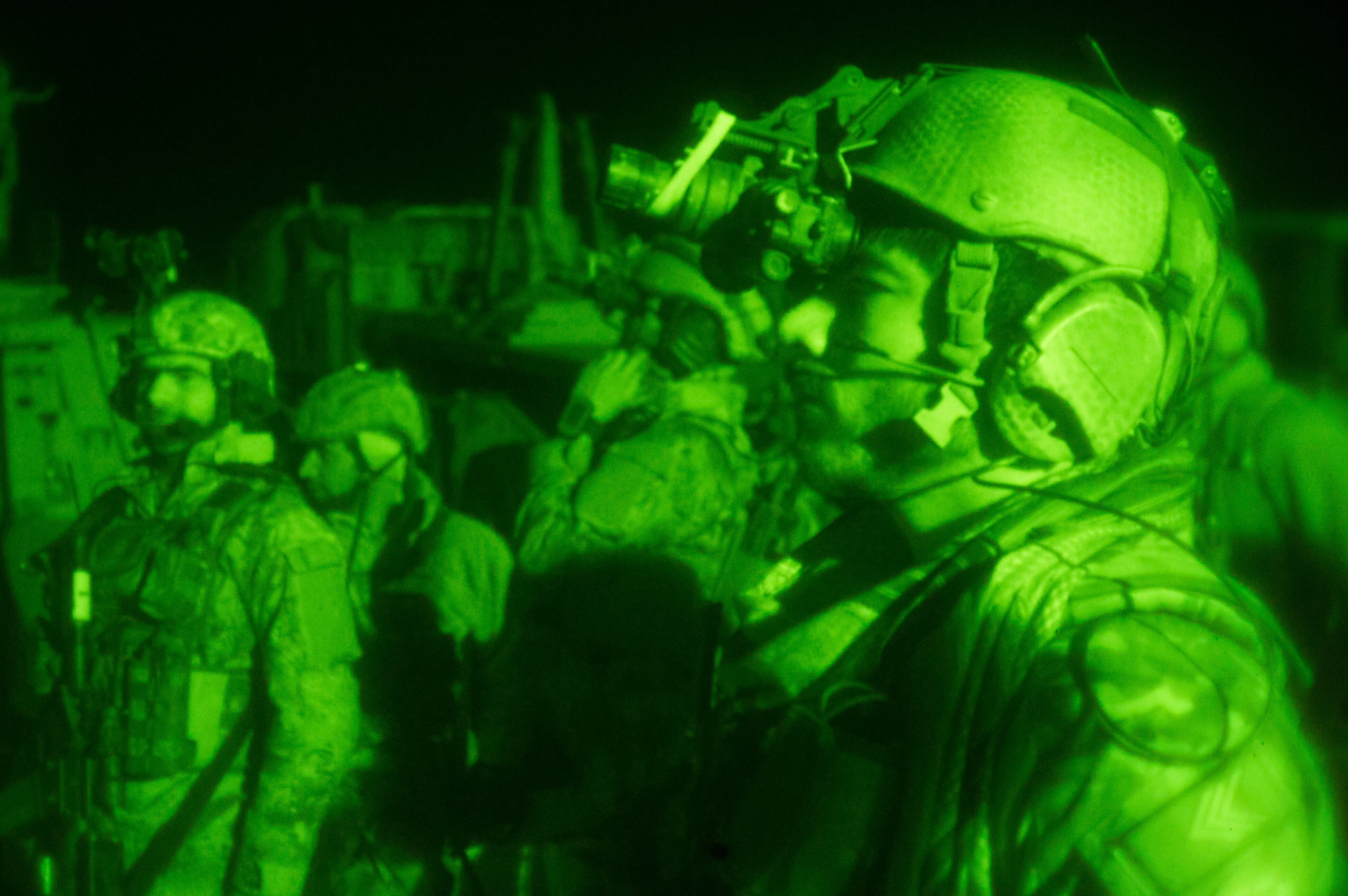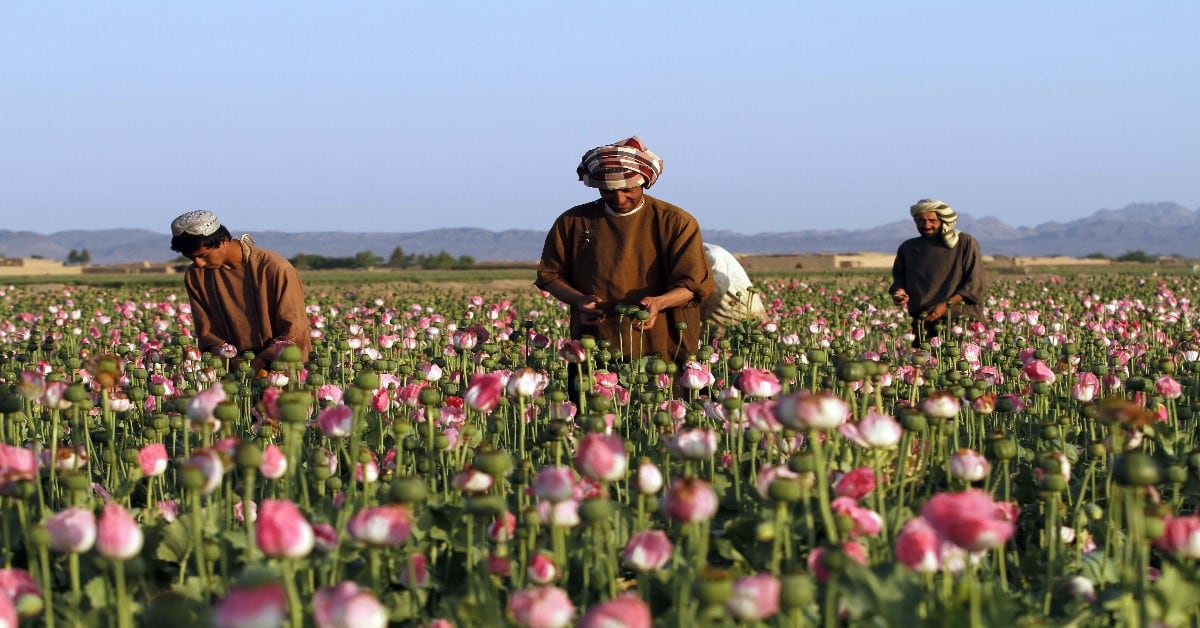A U.S. airstrike killed the senior Islamic State commander in Afghanistan Thursday, U.S. Forces-Afghanistan announced Monday morning.
The airstrike killed Qari Hikmatullah and his bodyguard in Bal Chiragh district, Faryab province, Afghanistan, according to a press statement. Faryab is located in the north of the country, bordering Turkmenistan.
“[Afghan Special Security Forces] and U.S. counter-terrorism forces killed Hikmatullah and they will kill any successors,” said Army Gen. John Nicholson, commander of U.S. Forces-Afghanistan. “IS-K will be eliminated.”
At the time of his death, Hikmatullah was the senior commander and main facilitator of fighters into Jowzjan, another northern Afghan province, for IS-Khorasan — the Islamic State’s offshoot in Afghanistan.
“IS-K in Jowzjan province is the main conduit for external support and foreign fighters from Central Asian states into Afghanistan,” according to the press release. “Hikmatullah was the key leader for those operations.”
RELATED

Hikmatullah was a native Uzbek with a history of jumping extremist factions, “first as an Islamic Movement of Uzbekistan leader, followed by allegiance to the Taliban, and ultimately IS-K,” the statement reads.
U.S. officials said IS reportedly named Mawlavi Habibul Rahman, another native Uzbek, as Hikmatullah’s successor. However, Rahman’s rise may cause friction among IS fighters in Afghanistan.

“Rahman has had intermittent ties to the Taliban, highlighting the difficulty IS-K is having replacing leaders,” the statement reads.
U.S. forces in the country have highlighted their successes against IS fighters in recent weeks, noting that Afghan special security forces and U.S. special operations forces have gradually depleted the viable leadership options in Jowzjan.
RELATED

Another major dent in the terror group’s network occurred on Mar. 16, when two other lead facilitators of foreign fighters, Omair and Abu Samaya, were killed as the duo met in Sar-e Pul province. Later that night, an Afghan security forces raid on the IS-K headquarters in Jowzjan killed another 13 terrorists.
Omair and Abu Samaya’s predecessor, Khitab Aka, had previously been killed in Jowzjan on Jan. 28, just a few months prior.
Although the Russian government has raised concerns that IS’ presence in Afghanistan is growing, U.S. officials have maintained that the group has been severely checked by joint operations and is declining in numbers.
“[U.S. Forces-Afghanistan] has no evidence of any significant migration of IS-K foreign fighters. We see local fighters who switch allegiances to join ISIS for various reasons, but the Russian narrative grossly exaggerates the numbers of ISIS fighters that are in the country,” Navy Capt. Tom Gresback, a spokesman for U.S. forces, previously told Military Times.
Kyle Rempfer was an editor and reporter who has covered combat operations, criminal cases, foreign military assistance and training accidents. Before entering journalism, Kyle served in U.S. Air Force Special Tactics and deployed in 2014 to Paktika Province, Afghanistan, and Baghdad, Iraq.




